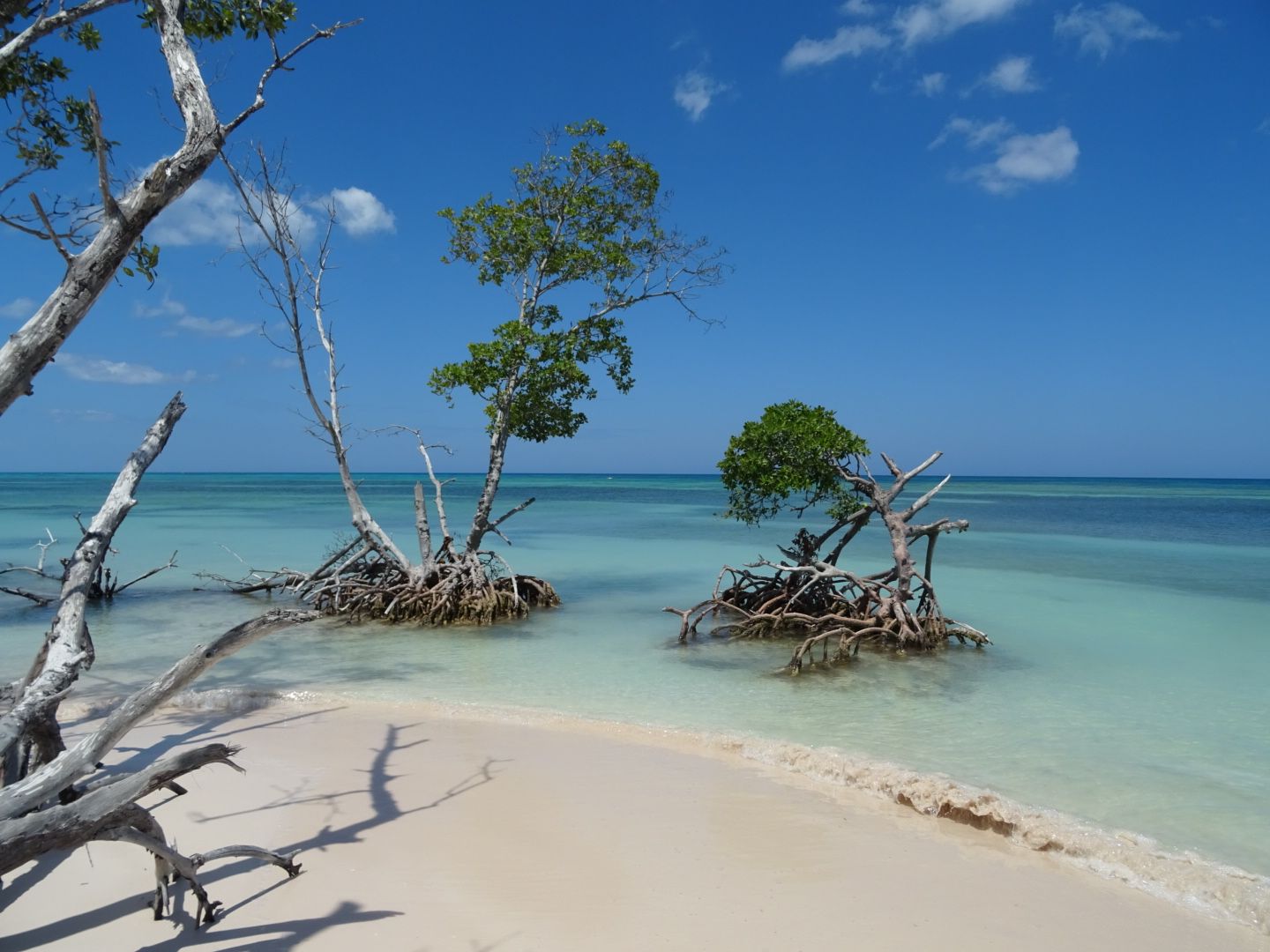Georgia, the South, Upper Svaneti
已发表: 30.07.2022
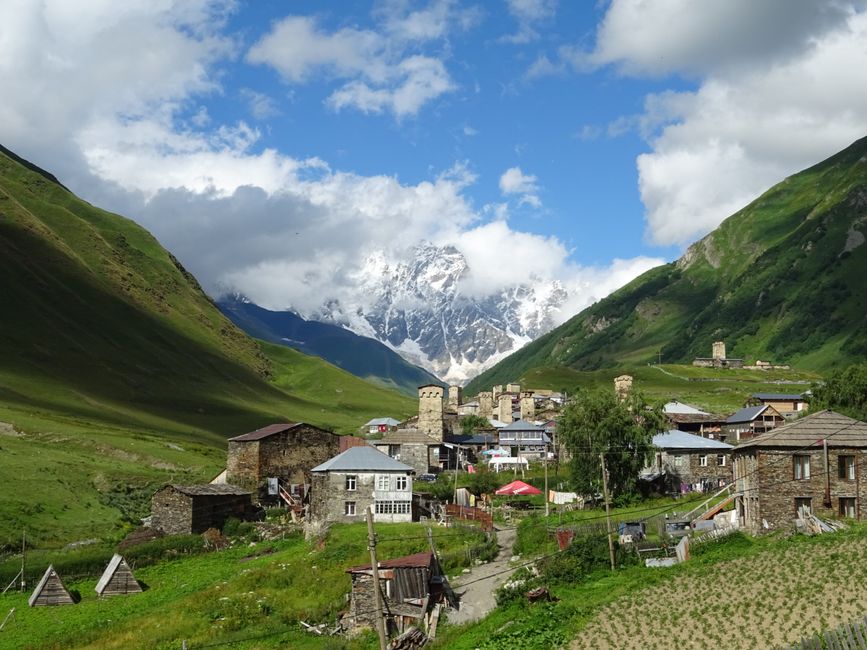
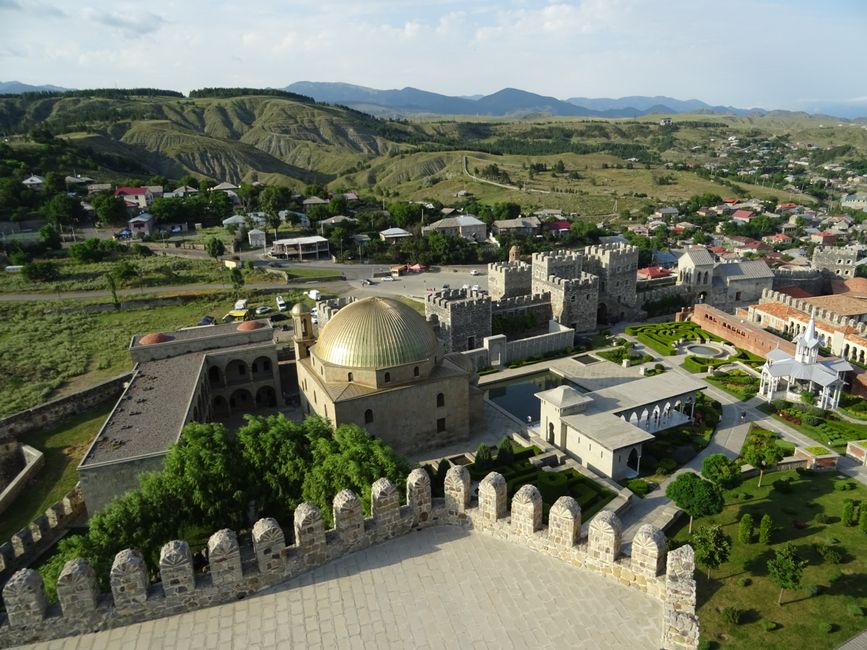
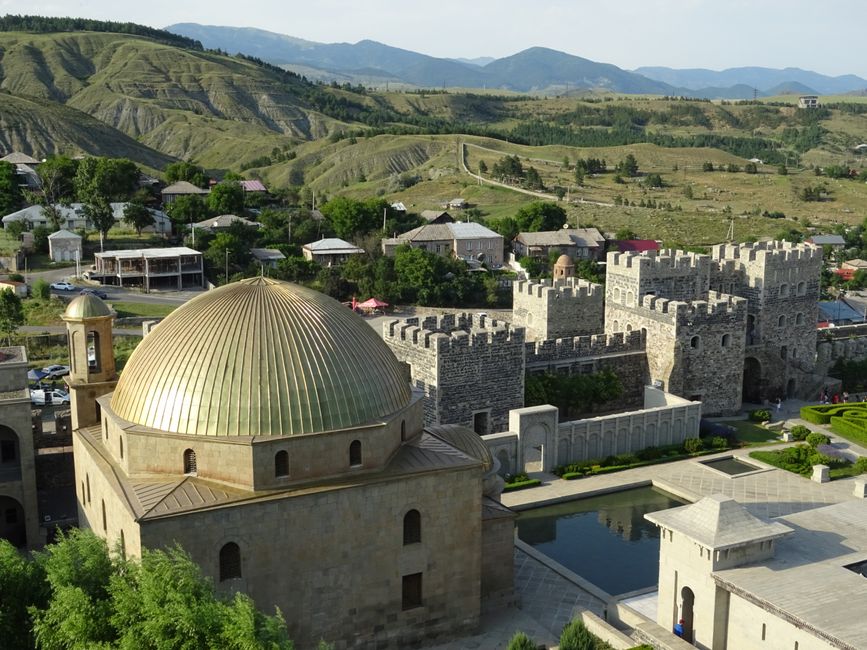

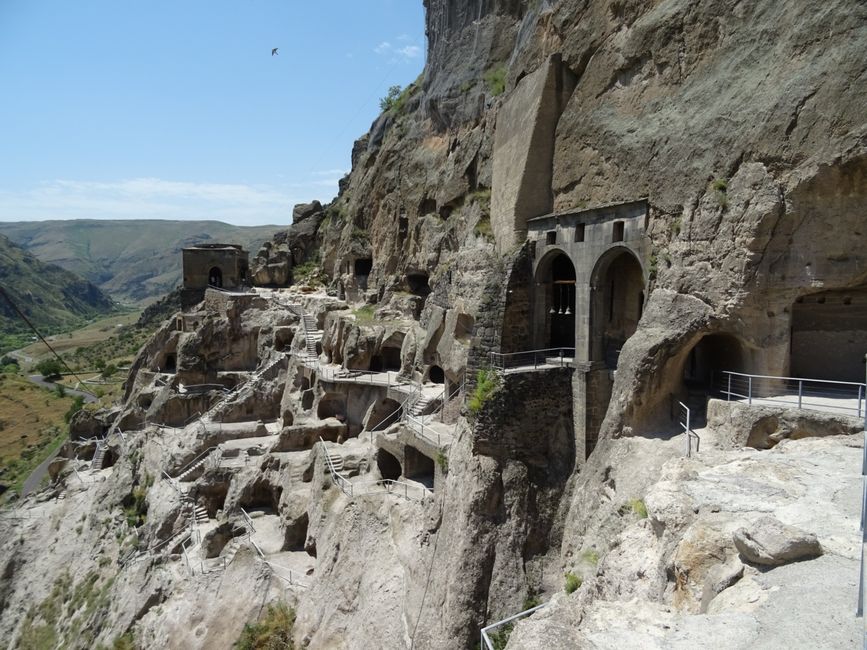
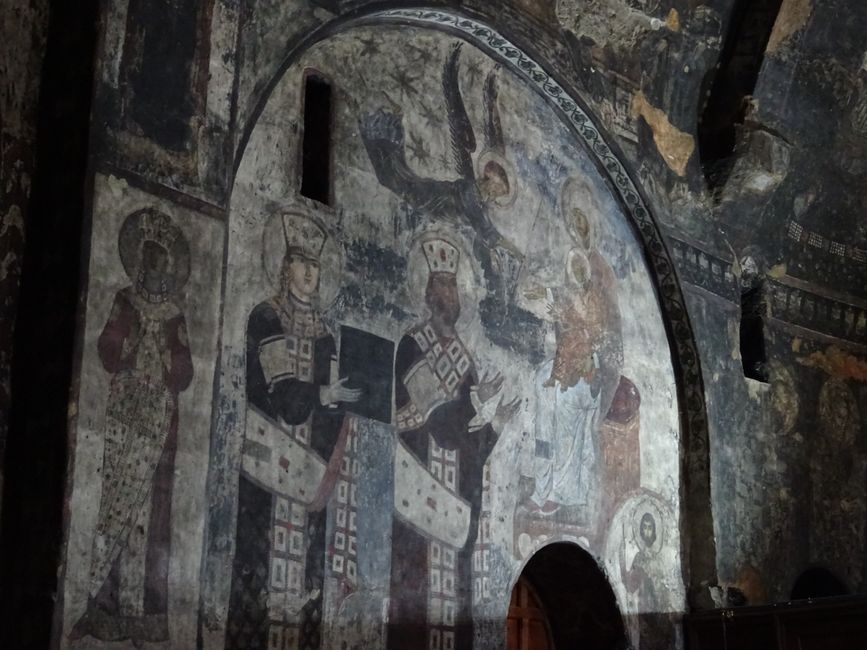
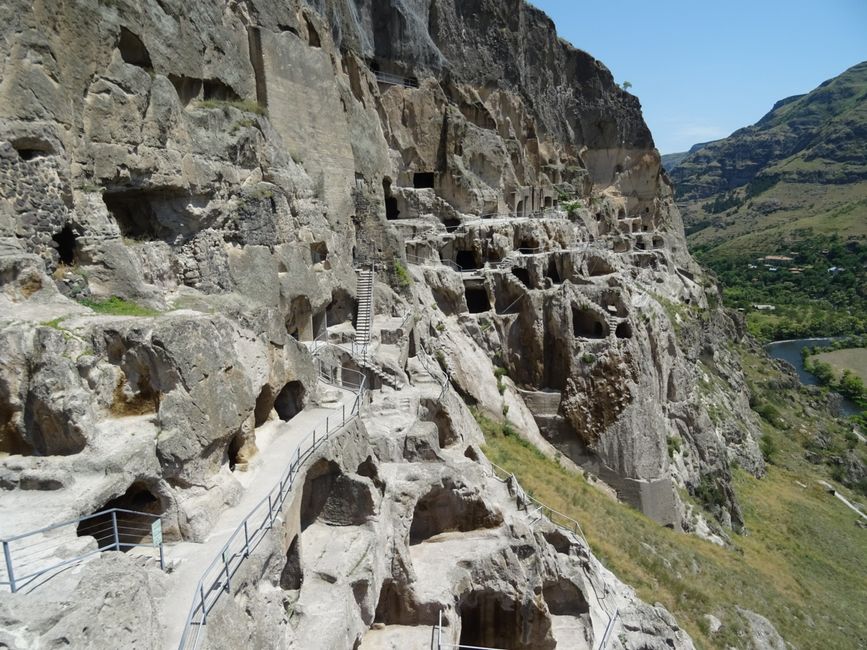
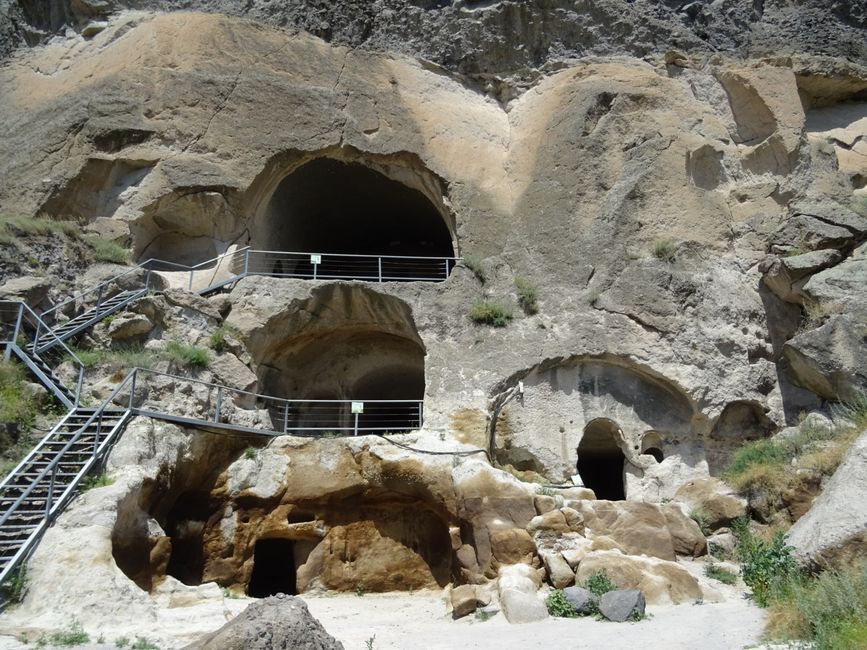
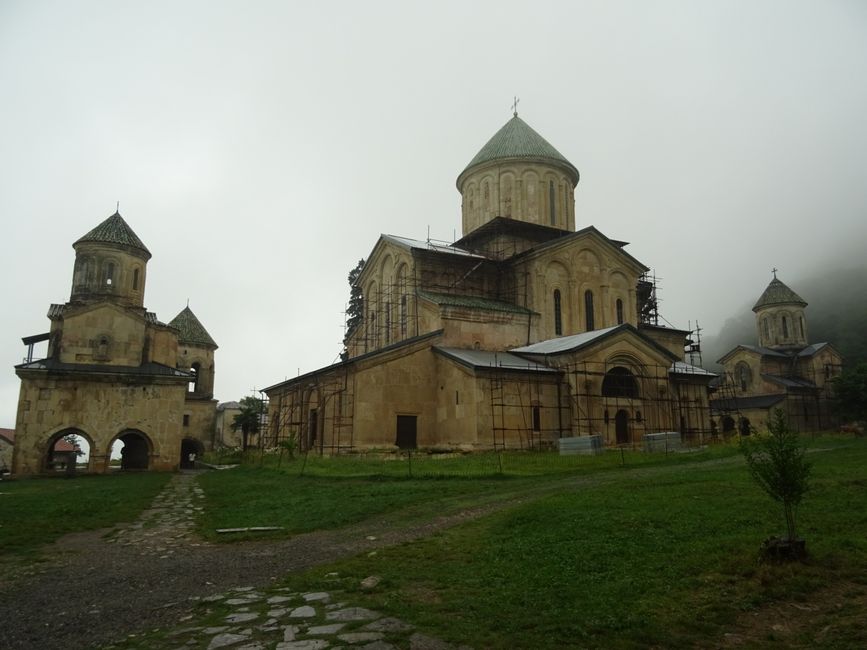
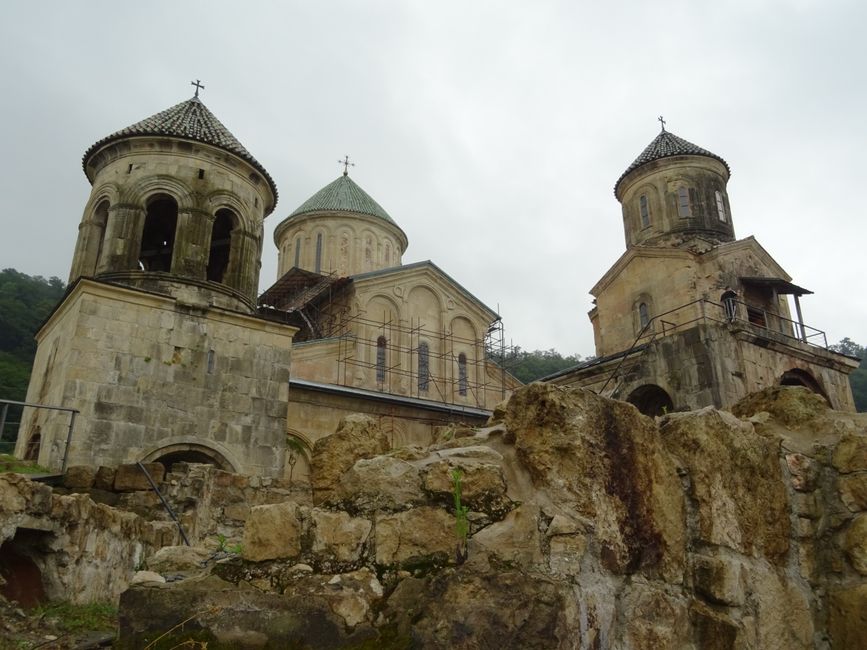

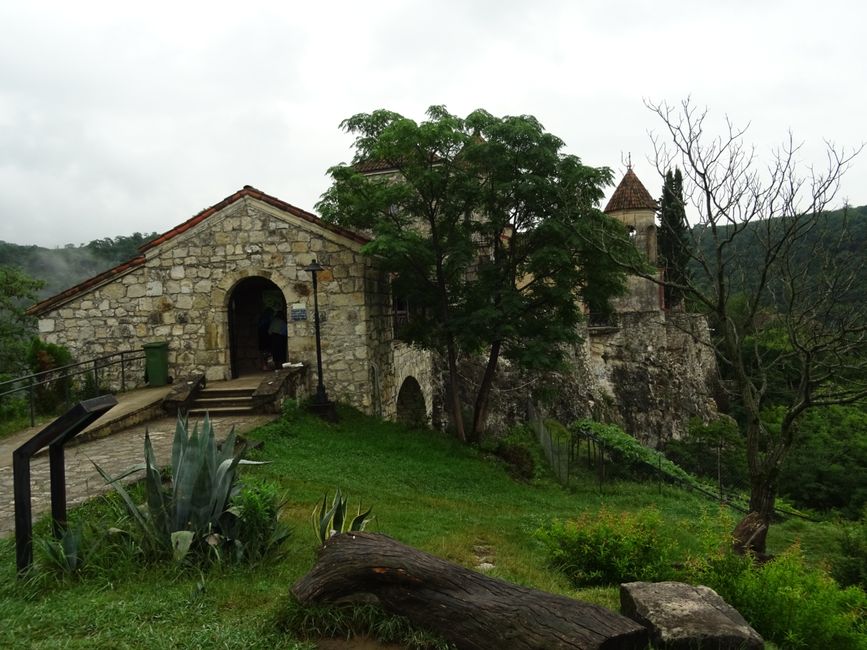
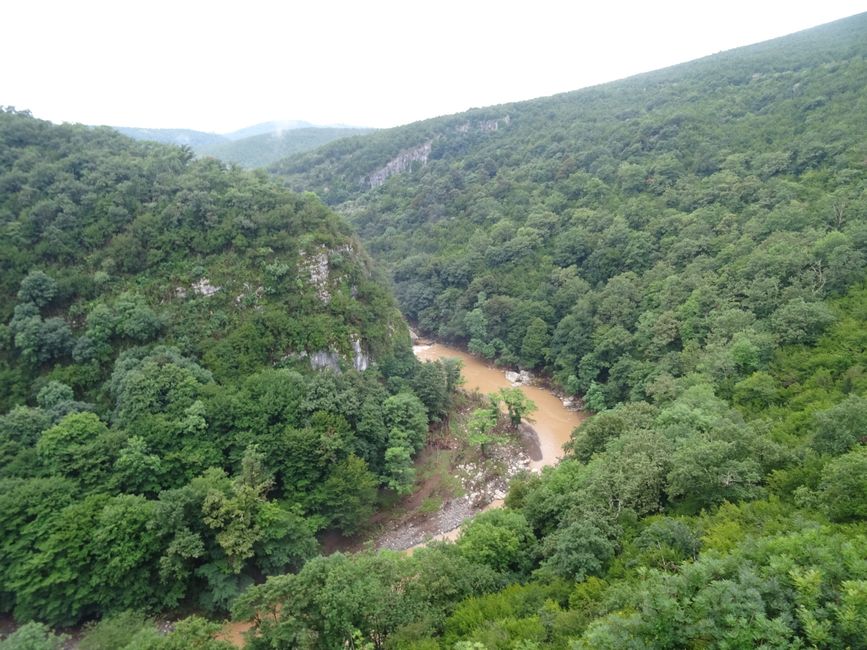
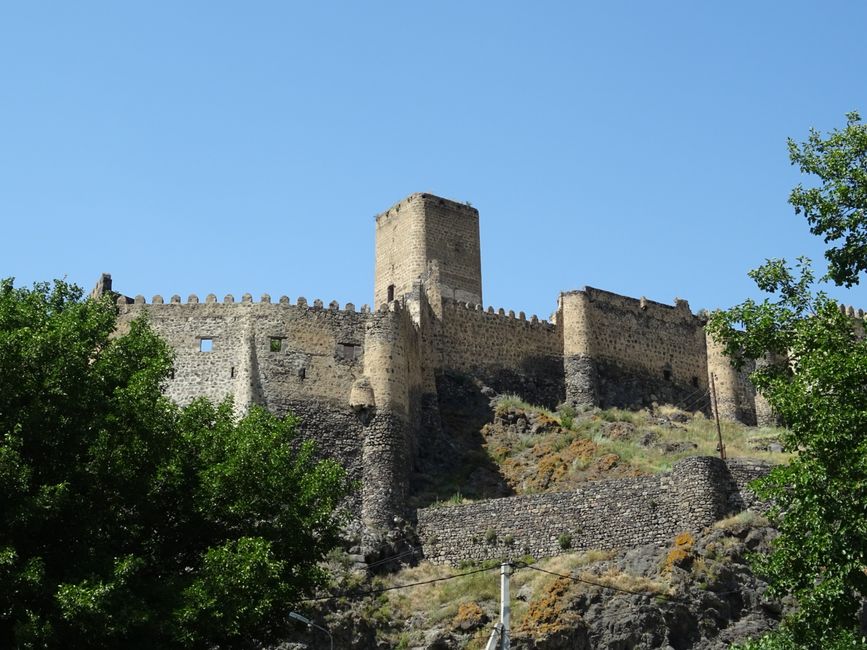
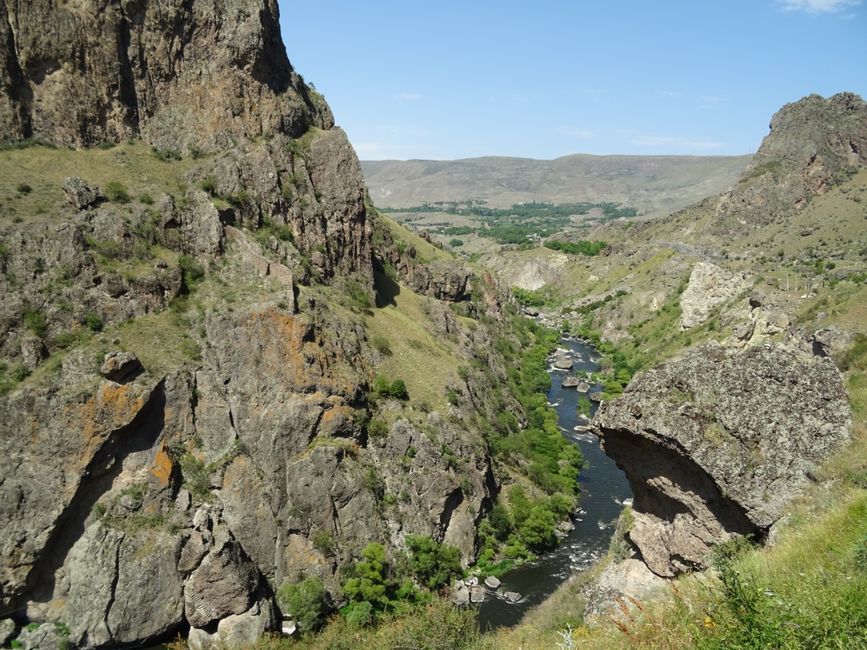
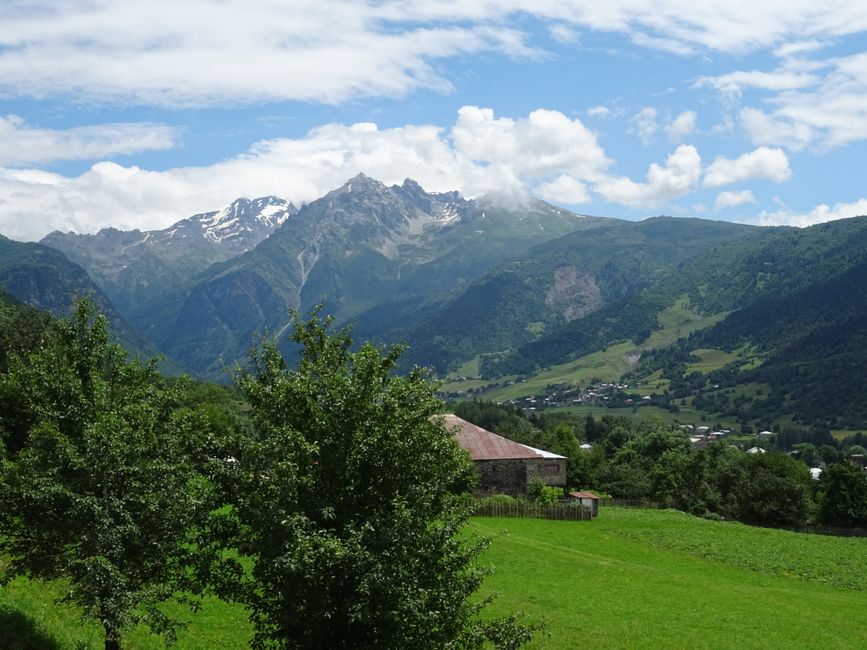
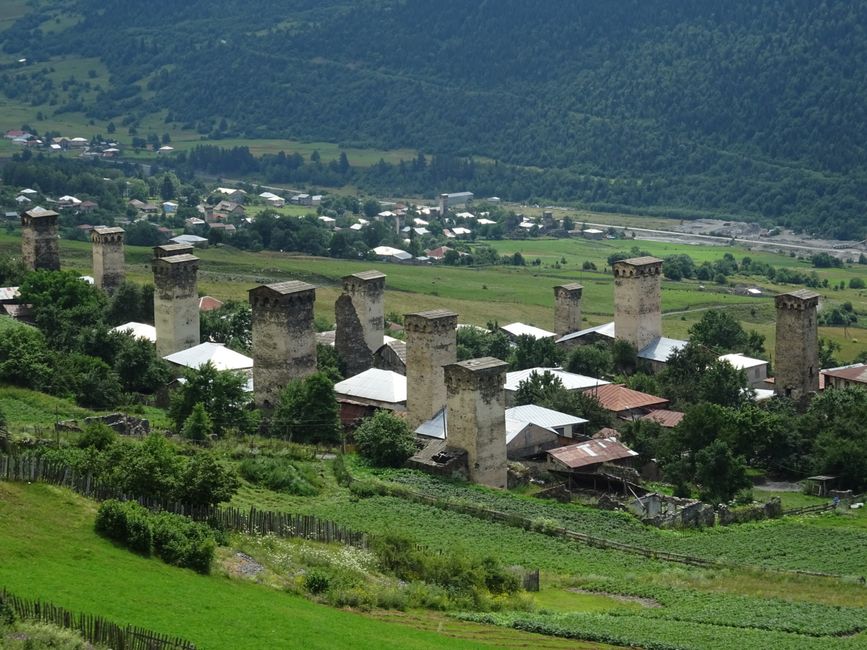
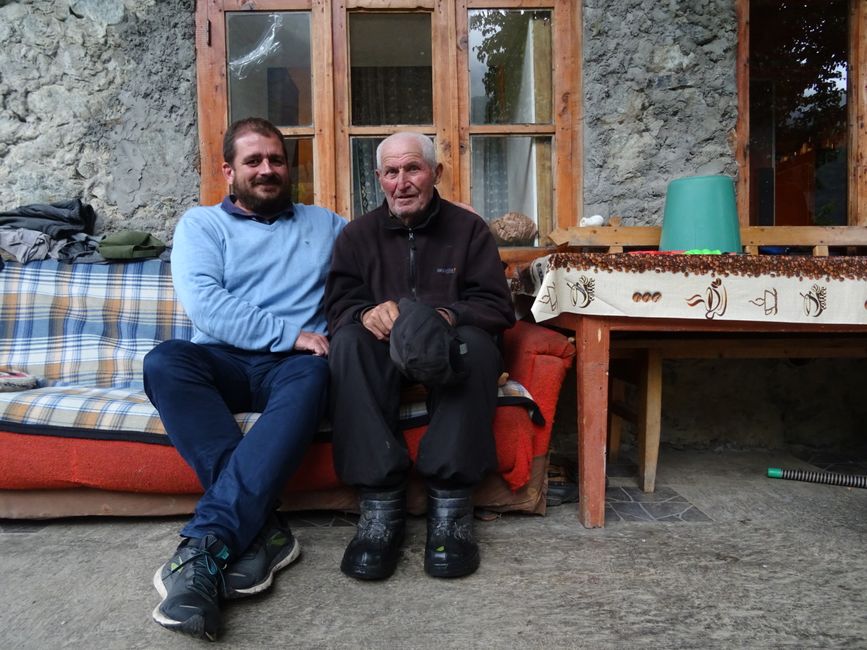
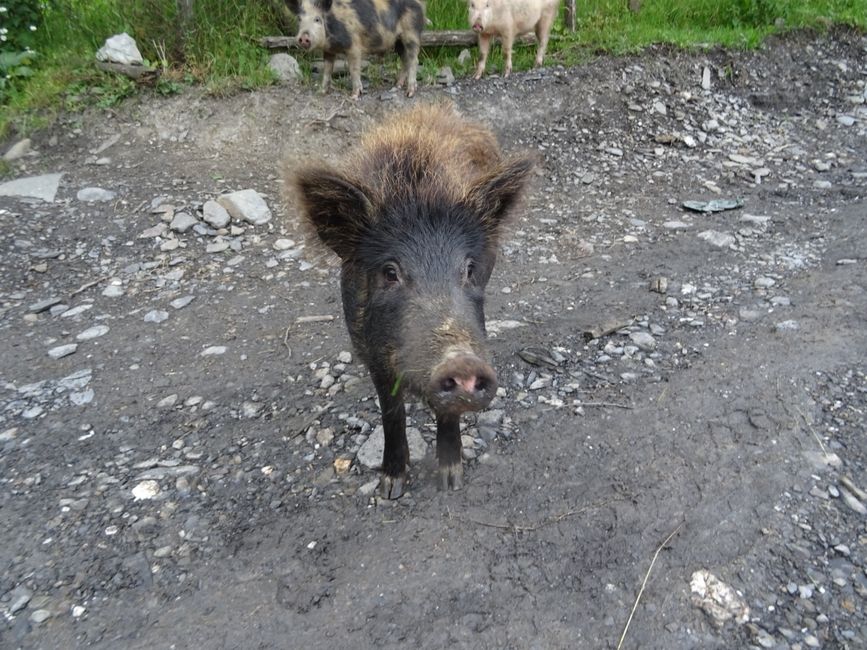
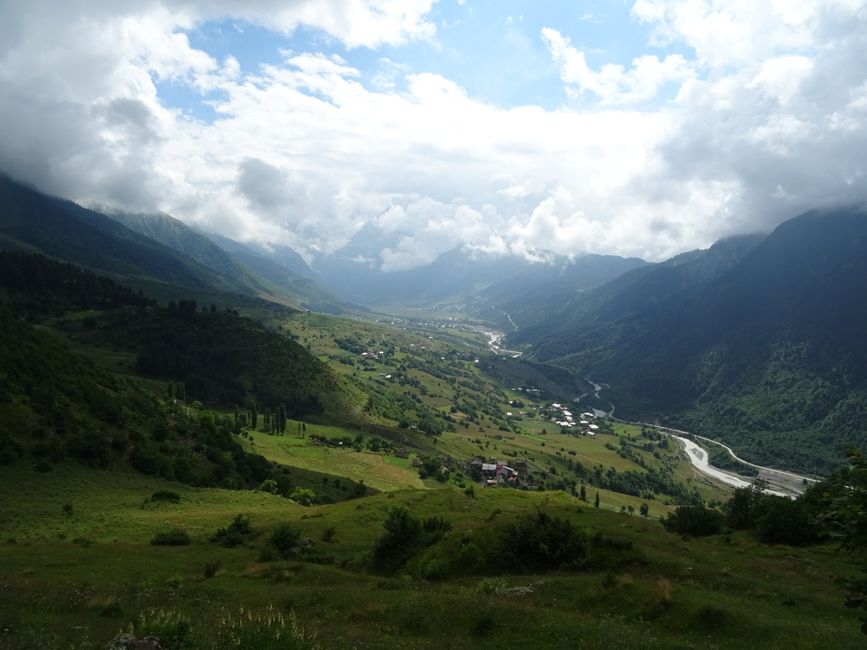
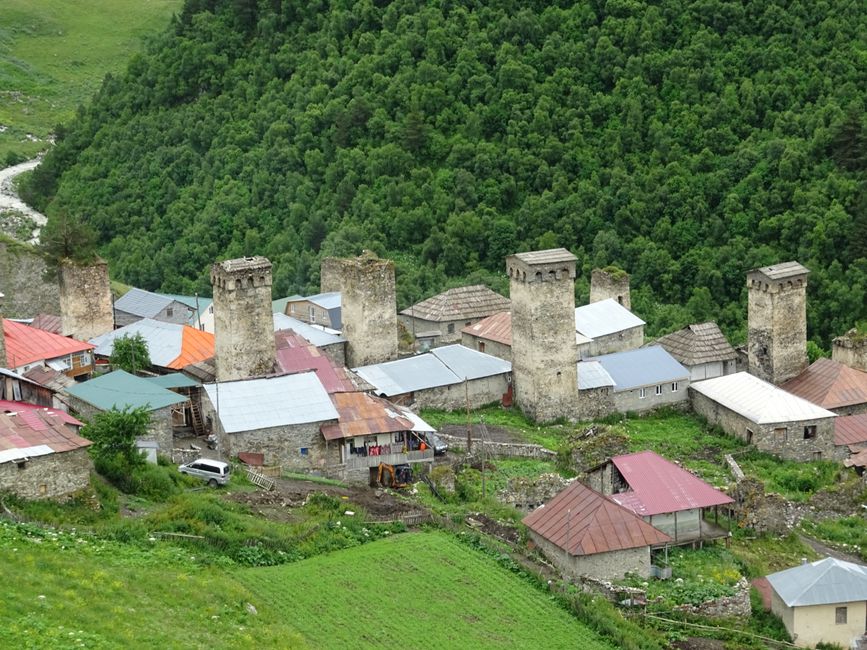
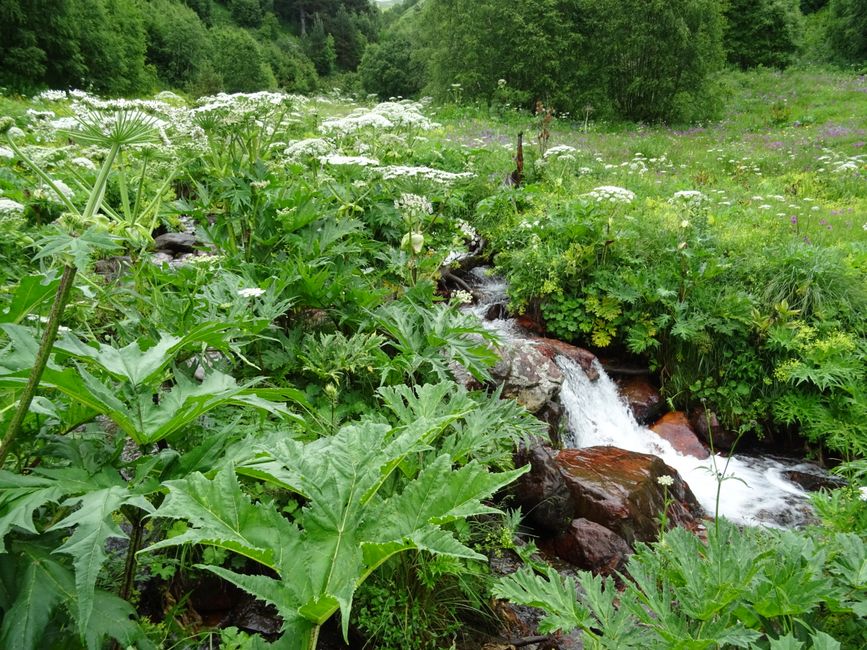
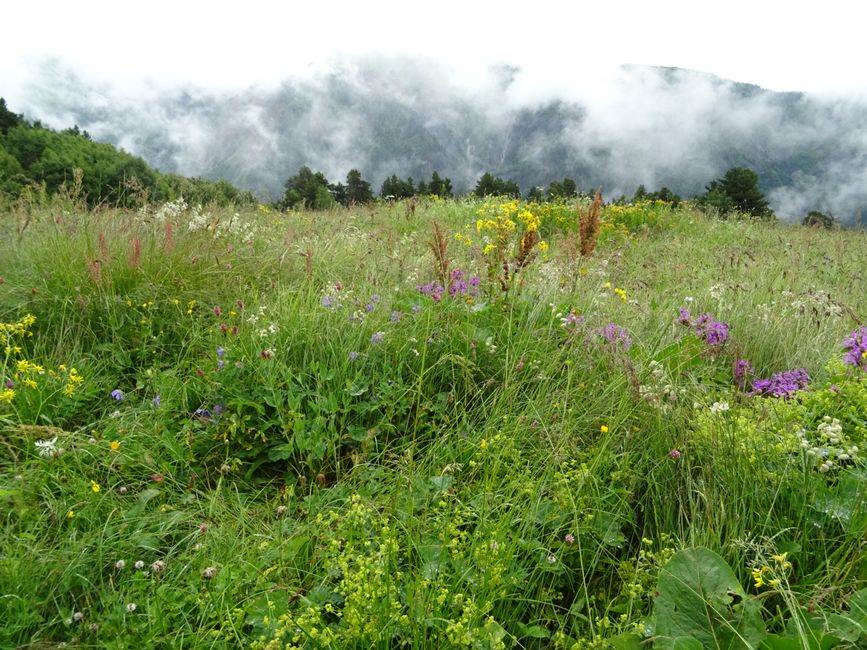
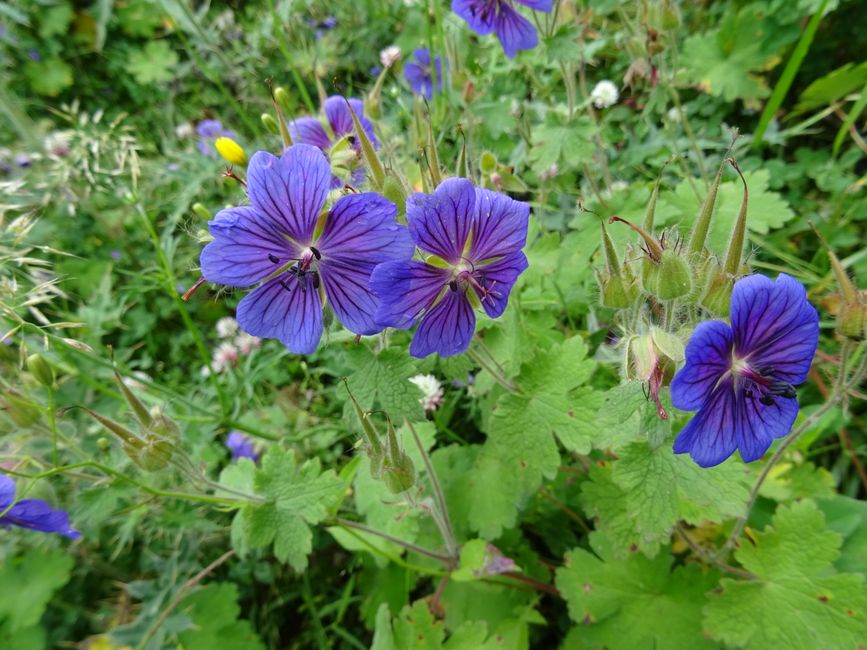
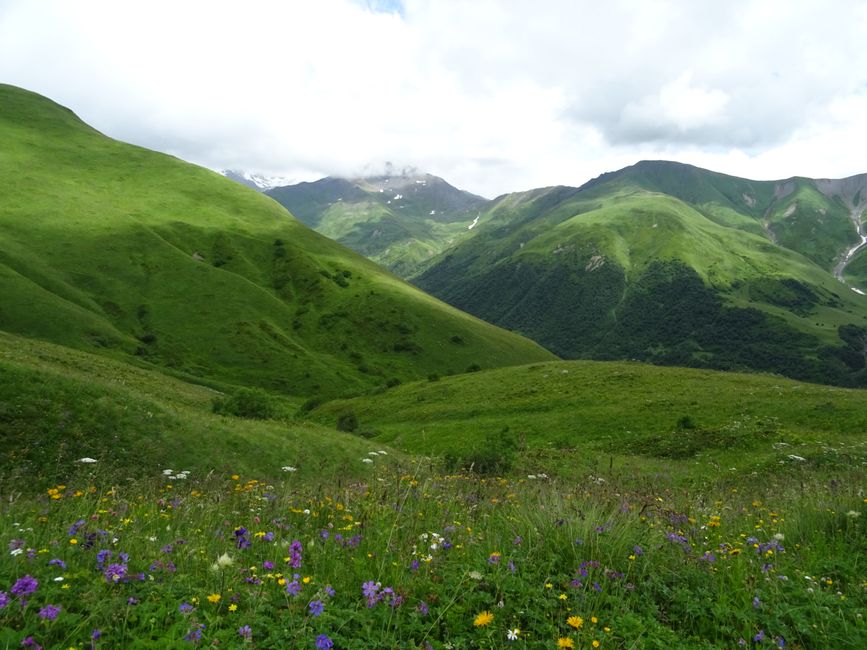
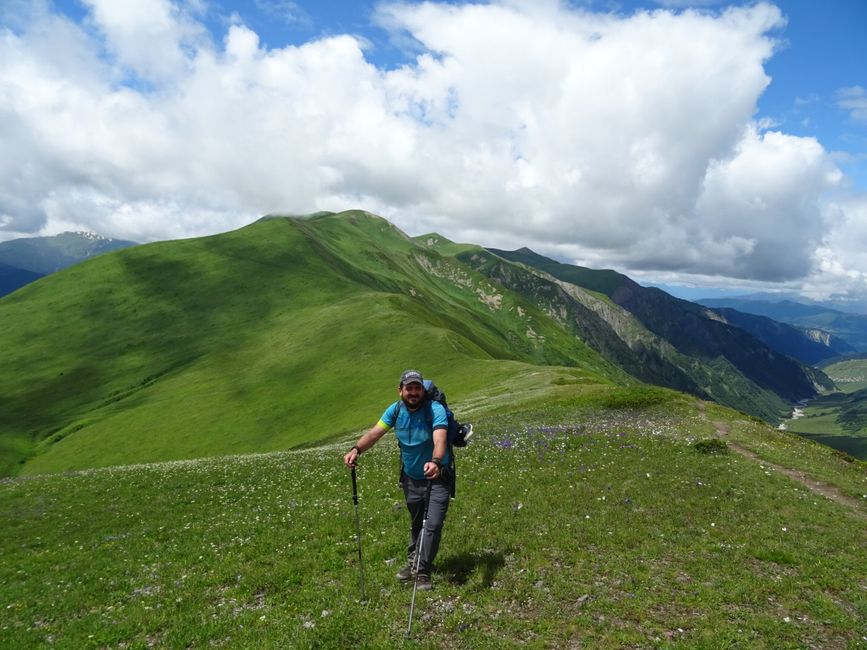
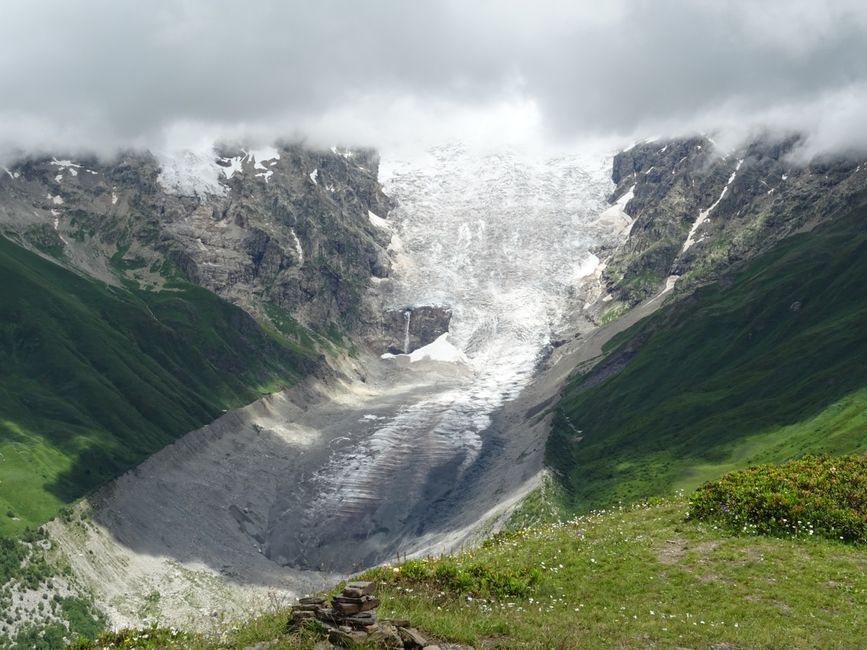
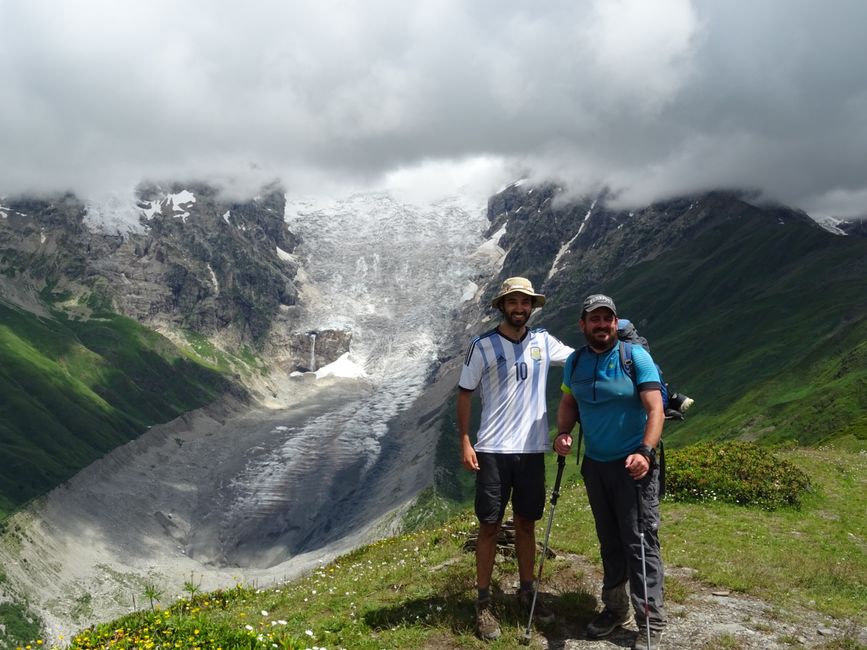
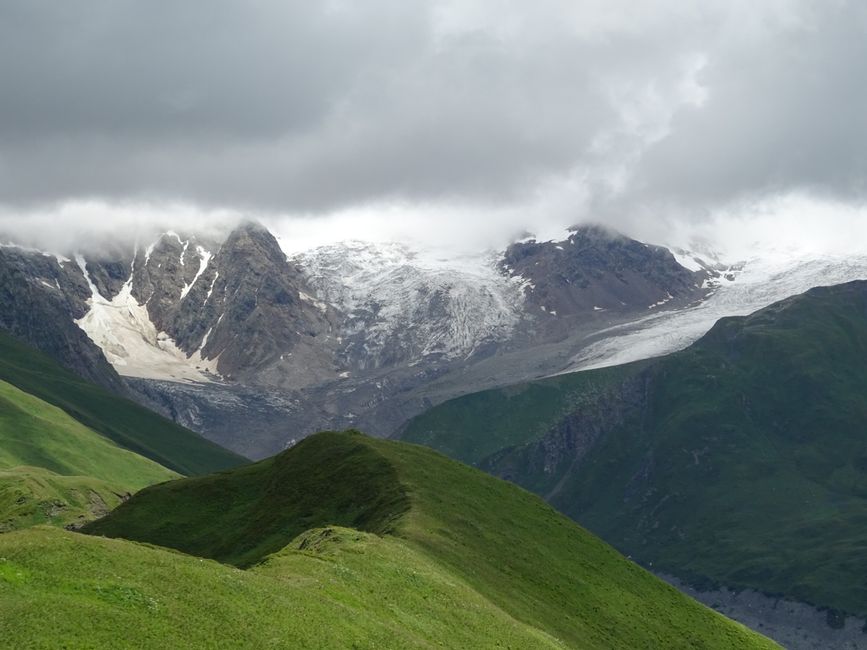
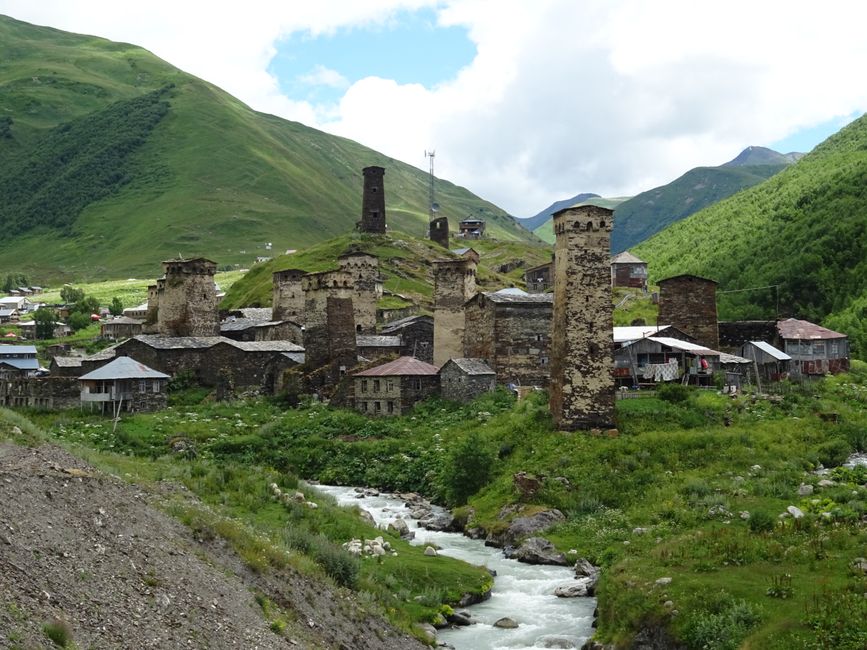
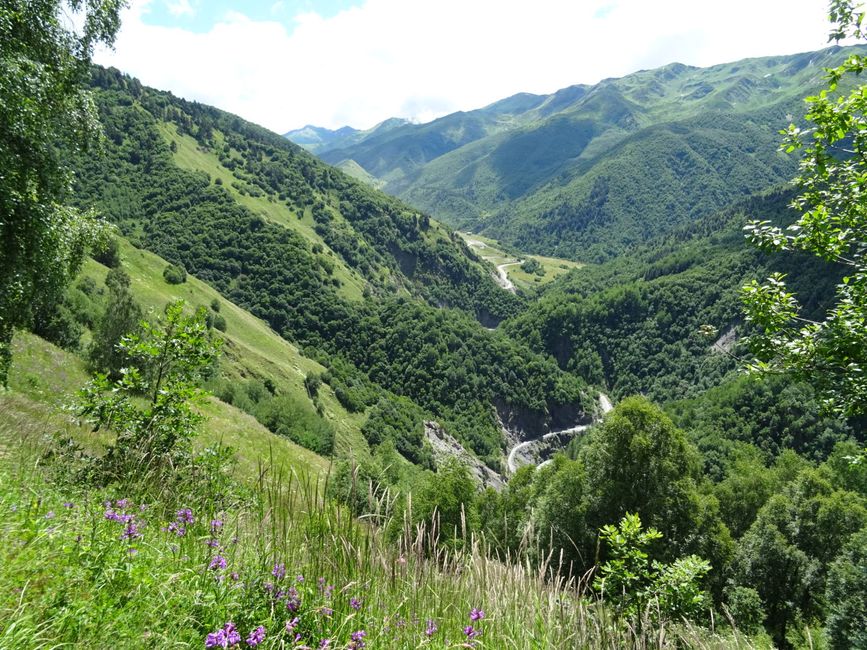
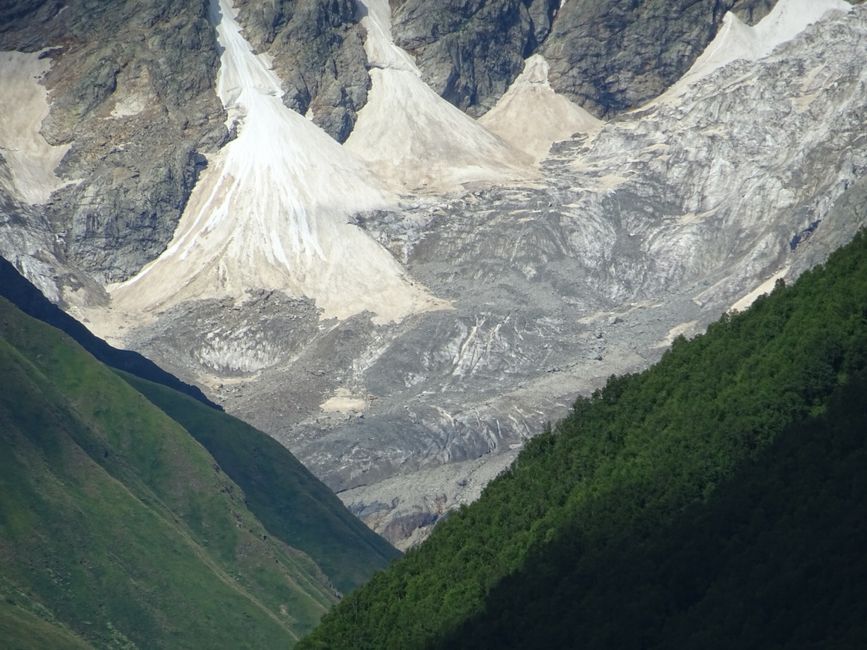
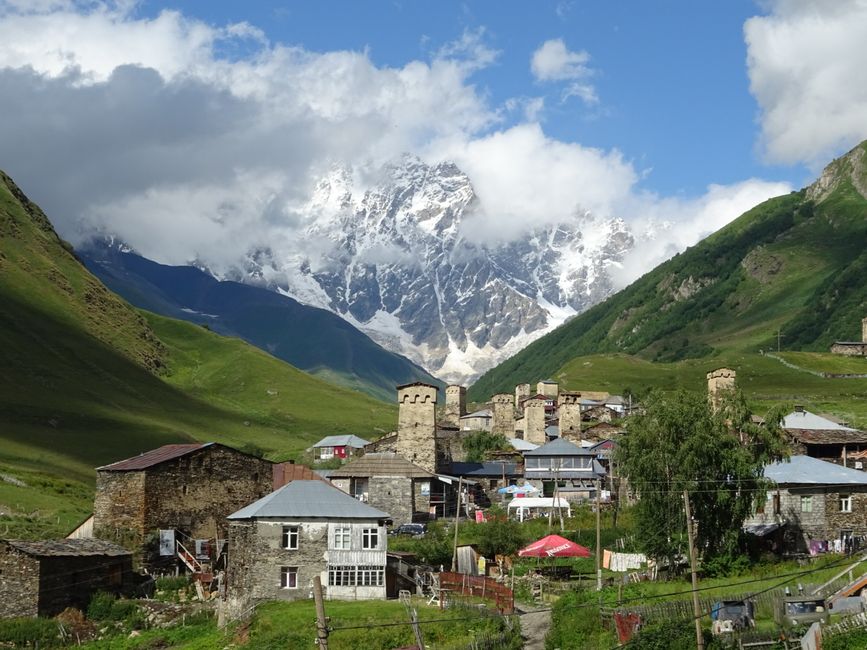
订阅时事通讯
As mentioned in the Armenia blog, my last landlord in Gyumri helped me organize my onward journey back to Georgia. So on July 17th, I first took a shared taxi across the Georgian border to Ninotsminda and then continued with a minibus to Akhaltsikhe, near the Turkish border. There I had a very nice private accommodation with a very nice family for two nights. However, it was a bit unusual that I had to pass through the family's living room from my room to the bathroom. And that was also the grandpa's bedroom! Right after my arrival, I visited the oriental fortress Rabati, which mostly dates back to the Ottoman period, and the next day I took a trip to one of Georgia's biggest tourist attractions, the cave city of Vardzia. Incredibly impressive! The city dates back to the 12th century and about 500 of the original 2000 caves have been renovated and partially accessible. The cave city stretches high above the Mtkvari River, 900m long and with 13 levels. On the way back, I also had a look at the Khertvisi Fortress, which feels like being in Europe. On July 19th, I continued to Kutaisi, the third largest city in Georgia. Unfortunately, the weather changed on the way there and it rained for the first time since the beginning of my journey. In the immediate vicinity of Kutaisi is the Gelati Monastery, which is one of the most important monasteries in Georgia! No, even though the name sounds like it, there is unfortunately no ice cream there! On the second day in Kutaisi, the weather was bad again and I only took a short walk through the city and visited a museum. In the evening, the rain stopped and I drove to the Motsameta Monastery in a fantastic location. Unfortunately, on this evening I received the news that my father was seriously ill and in the hospital. What to do?? Fly home immediately? After consulting with my mother, I decided to continue the journey as planned for now. In the following days, my father's condition improved a bit.
On the next day, July 21st, I took a 6-hour minibus ride to Mestia in the high mountains. Mestia is located in the Upper Svaneti region. The people there speak Svan as their mother tongue, in winter some villages are sometimes cut off from the outside world for months, and they are known for their defensive towers. Every family had one! You could hide from your neighbor there if blood revenge was threatened, which was practiced here on a large scale until the 1930s! Between 1917 and 1925, 600 men fell victim to blood revenge, which corresponds to a percentage of 2%! Today, Upper Svaneti is a paradise for hikers in a largely unspoiled environment, ranging from middle mountain areas to heights of over 5000m. I chose the Mestia-Ushguli Trail, a 4-day hike with overnight stays in small mountain villages in private accommodations. A total of 60km and almost 3500 vertical meters are covered. I was able to leave most of my luggage in Mestia. The trail is beautiful, mostly well marked, not too strenuous, and never dangerous. As about 100 mountain hikers tackle the route every day during the high season, you always find company if you want, but you can also be completely alone on the way. So on the third stage, I was accompanied by Jeronimo, an Argentine, who immediately invited me to Mendoza if I should be in Argentina as planned in spring. He likes all Germans, he said, except Mario Götze! In the villages, the accommodations offer dinner and breakfast, simple dishes but always good and plentiful! Unfortunately, the weather was still changeable. On the 4th day, I reached Ushguli as planned in the early afternoon, the most beautiful place in Upper Svaneti with partly very well-preserved defensive towers (the partner city is appropriately San Gimignano) and the magnificent Shkhara Glacier in the background at the foot of Shkhara, the highest mountain in Georgia at 5200 meters! The next day, I took a shared taxi back to Mestia, where I could do a final mountain tour to the Mestia Cross. On July 27th, I returned to Tbilisi by minibus and then it was time to say goodbye! My last evening in Georgia had come! Late in the evening, the shock came! I accidentally found out that I had to have my e-visa for Azerbaijan in printed form with me! Where should I find a printer at this time? My landlord finally helped me, and my visa was eventually printed at a neighboring hotel. Another example of Georgian hospitality! So on July 28th, at noon, I arrived in Baku, the capital of Azerbaijan. My start there was a bit bumpy, but more on that in the next post.
订阅时事通讯
回答
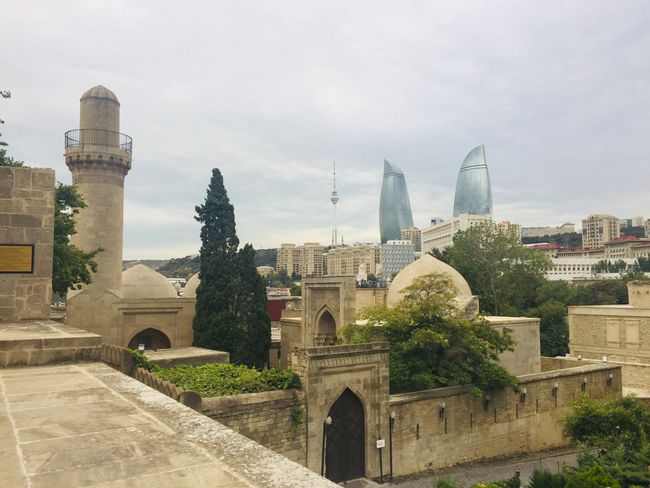
旅行报告阿塞拜疆
